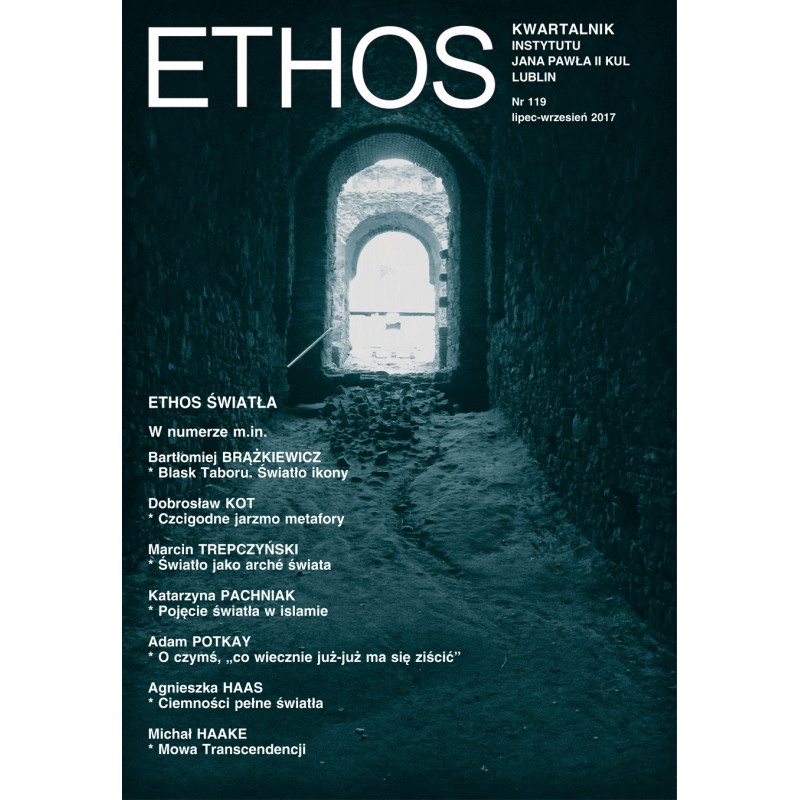Bartłomiej BRĄŻKIEWICZ – The Taboric Light and the Light of the Icon: From Byzantine Mosaics to Andrei Rublev
Long printed dress with thin adjustable straps. V-neckline and wiring under the bust with ruffles at the bottom of the dress.
The icon, having originally been an image, is not only a piece of art, but above all a visible sign of God. Such an interpretation of the icon was approved in the early Christian theological thought referring to the aesthetic theories of ancient Greece which linked beauty with the essence of the transcendent being revealed to mankind. A thorough overview of Byzantine mosaics and Old Russian iconic paintings, the preserved works of sacred art, shows that both of them developed under the influence of monastic hesychasm, the former shaped in the spirit of the Egyptian desert fathers, the latter formed by the impact of the Palamist doctrine. The belief in the potentiality of seeing God’s Light as a result of contemplative ascetic practices was not only reflected, but also grounded in the biblical narrative of the Transfiguration. The Light revealed at Mount Tabor was the Light coming to humanity from without, which signified a possibility of theosis: obtaining inner Light by the human soul and its resultant divinization. The theme recognized in the Byzantine mosaics, as well as in the icons by Theophanes the Greek and Andrei Rublev, can be seen not so much as the fulfilment of didactic purposes, a plain illustration spreading religious content, but rather as a source of prayerful reflection leading to inner metamorphosis.
Data sheet
- DOI
- 10.12887/30-2017-3-119-05
- Contact
- Department of Anthropology of Russian Culture, Faculty of International and Political Studies, Institute of Russian and East European Studies, Faculty of International and Political Studies, Jagiellonian University
- Address
- al. Mickiewicza 3, 31-120 Cracow, Poland
- bartlomiej.brazkiewicz@uj.edu.pl


